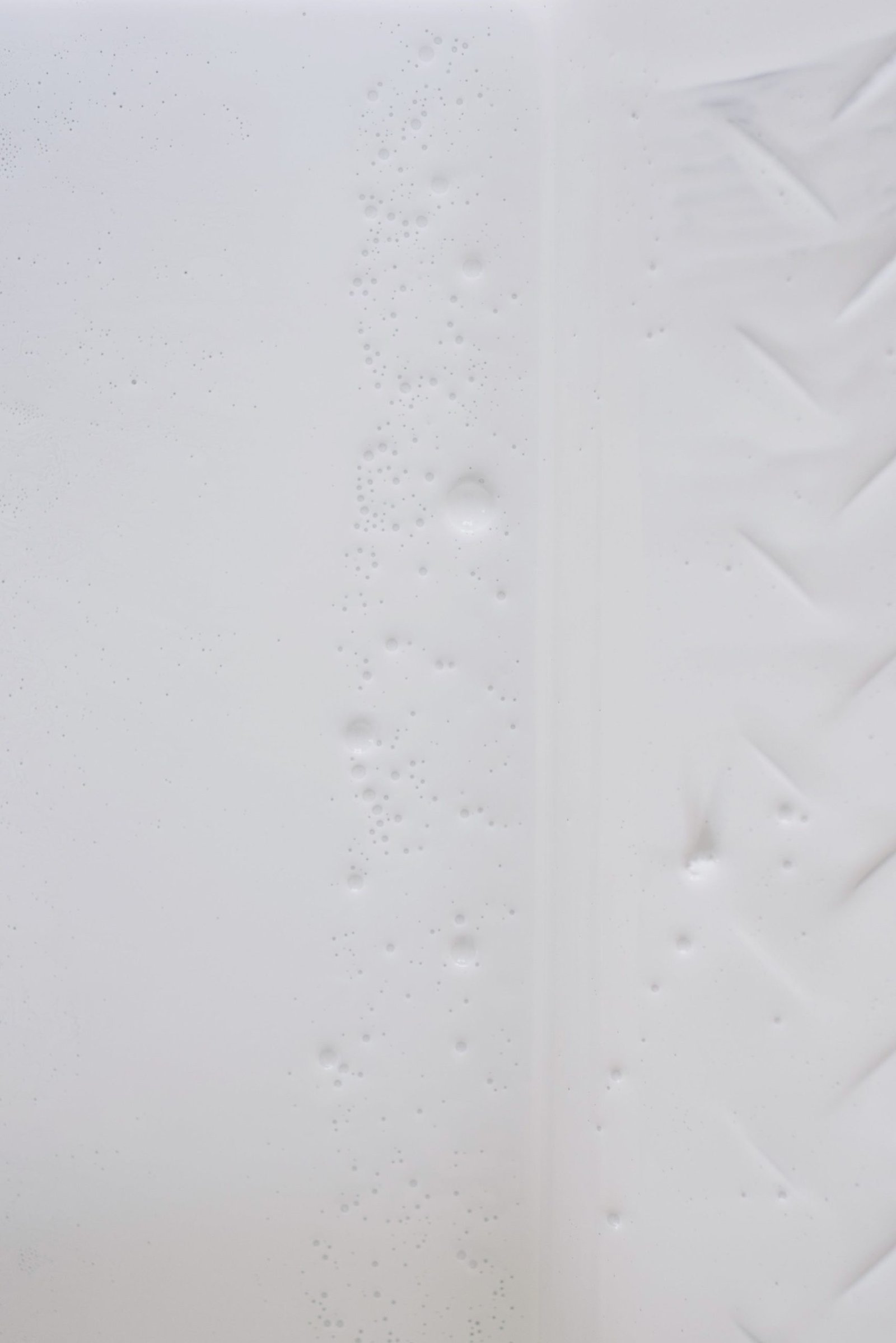
Unlock Prosperity and Harmony with Feng Shui Colors: Transform Your Space for Abundance and Serenity
Table of Contents
In the quest for prosperity and harmony, the ancient Chinese art of Feng Shui has emerged as a guiding light. This practice revolves around creating a harmonious living space that promotes positive energy and balance. One of the key aspects of Feng Shui is the use of colors to enhance these qualities and attract abundance and serenity into our lives. By carefully selecting the right colors for different areas of our homes or offices, we can significantly impact our overall well-being and success. So, let’s dive deep into the vibrant world of Feng Shui colors and explore how they can help unlock prosperity and harmony in our lives.
Why Colors Matter in Feng Shui
Colors hold a tremendous significance in the realm of Feng Shui. Each color represents a specific element and possesses its unique energy. By strategically incorporating these colors into our living spaces, we can influence the flow of energy, either by attracting or repelling certain energies. Just as music can invoke different emotions, colors, too, have the power to evoke specific feelings and create certain atmospheres within a space.
Think of color as the conductor of a symphony, orchestrating the various energies that flow through our environments. By understanding the energy dynamics associated with each color, we can harness their power to create a harmonious and balanced atmosphere that fosters abundance and serenity.
Choosing Feng Shui Colors for Different Areas
Every area of our home or office serves a different purpose, and therefore, requires specific colors to enhance its intended function. Let’s explore a few key areas and the suitable color choices based on Feng Shui principles:
Living room: The living room is often the heart of the home, where we gather with loved ones and entertain guests. To promote a warm and inviting atmosphere, earthy tones such as warm yellows, soft browns, and earthy greens work wonders.
Bedroom: The bedroom is a sanctuary for rest and rejuvenation. Soft, calming colors like serene blues, tranquil greens, and soothing lavenders can create a peaceful and relaxing ambiance, ideal for a good night’s sleep.
Kitchen: The kitchen is a place of nourishment, both for our bodies and souls. Warm colors like reds and oranges can stimulate appetite and creativity. Incorporating elements of fire in the kitchen can ignite feelings of passion and inspiration.
Workspace: The workspace demands focused energy and productivity. Shades of blue and green can promote concentration and calmness, while pops of yellow or orange can evoke creativity and inspiration.
These are just a few examples, but by understanding the energy dynamics associated with each area, we can make informed color choices that enhance their intended purpose.
Popular Feng Shui Colors and Their Meanings
While personal preference plays a significant role in selecting colors, it is helpful to understand the meanings behind some commonly used Feng Shui colors:
Red: Symbolizing passion and power, red is associated with the fire element. It can stimulate energy and attract prosperity. However, it’s essential to use red in moderation, as excessive amounts can create overwhelming energy.
Blue: Representing calmness and communication, blue is associated with the water element. It can promote relaxation and harmonious relationships. Lighter shades of blue create a soothing ambiance, while darker shades evoke a sense of depth and contemplation.
Green: Green signifies growth, renewal, and balance, making it ideal for areas connected to nature and abundance. It is associated with the wood element and can bring a refreshing and revitalizing energy to a space.
Yellow: Yellow represents joy, intellect, and abundance. It can invigorate a space and promote a positive and uplifting atmosphere. Yellow is associated with the earth element and can be used to enhance areas related to stability and grounding.
Remember, these are general guidelines, and it’s crucial to consider personal preference and individual energy dynamics when selecting colors for your space.
Other Considerations
While colors play a significant role in Feng Shui, they are just one piece of the puzzle. Other factors such as lighting, furniture placement, and clutter can also affect the overall energy flow within a space. Here are some additional considerations to keep in mind:
– Lighting: Ensure that your space is well-lit, as proper lighting can enhance the vibrancy and energy of your chosen colors. Natural light is particularly beneficial, so invite sunlight into your space whenever possible.
– Furniture Placement: Arrange furniture in a way that promotes smooth energy flow. Avoid blocking doorways or windows, and create a layout that allows for comfortable movement within the space.
– Clutter: Clutter can disrupt the flow of energy and hinder the effectiveness of your color choices. Keep your space organized and free from unnecessary items to allow positive energy to circulate freely.
By incorporating these additional elements harmoniously with your chosen colors, you can create a space that not only looks good but also feels good.
Conclusion
The art of Feng Shui combines elements of design, energy flow, and intention to create spaces that nurture and support us. By understanding the meanings and energy dynamics of different colors, we can unlock the transformative power they have to enhance prosperity and harmony in our lives.
As you embark on your Feng Shui journey, remember to experiment and make adjustments based on your own experiences and observations. Feng Shui is a personal practice, and what works for one person may not necessarily work for another. Trust your instincts, follow your intuition, and let the colors guide you towards a space that radiates abundance and serenity.
So, go ahead and embrace the power of Feng Shui colors. Transform your living space into a harmonious haven that invites prosperity and cultivates a sense of inner peace.

